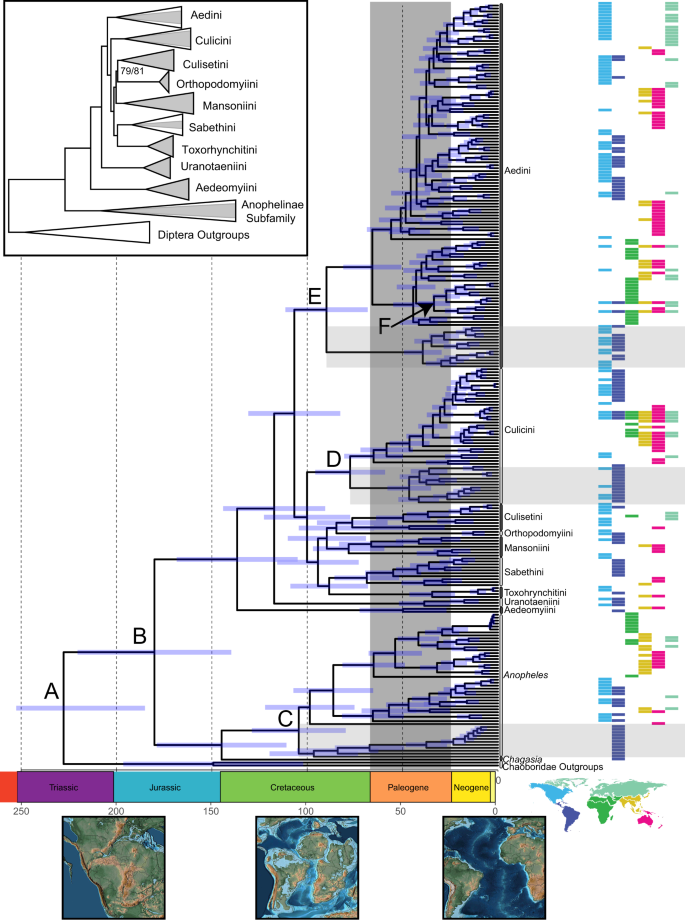2023-10-18 ノースカロライナ州立大学(NCState)
◆この遺伝子マーカーは、テロメアと呼ばれ、染色体の末端を保護する役割を果たします。研究は、緑地がテロメアを保護する一方で、大気汚染や社会的・環境的課題からの害がその保護を相殺することを明らかにしました。緑地はコミュニティにとって非常に価値のあるものであり、環境的な課題、特にシステム的な人種差別に関連する課題に対処することが同様に重要であることを強調しています。
<関連情報>
- https://news.ncsu.edu/2023/10/greenspace-and-telomeres/
- https://www.sciencedirect.com/science/article/pii/S0048969723060795?via%3Dihub
国民健康栄養調査における緑地露出とテロメアの長さの関係 The relationship between greenspace exposure and telomere length in the National Health and Nutrition Examination Survey
S. Scott Ogletree, Jing-Huei Huang, David Reif, Lin Yang, Christopher Dunstan, Nnamdi Osakwe, Jae In Oh, J. Aaron Hipp
Science of The Total Environment Available online 28 September 2023
DOI:https://doi.org/10.1016/j.scitotenv.2023.167452
Highlights
•Greenspace exposure found to have an association with telomere length in the NHANES sample.
•Greater neighborhood greenspace associated with longer telomere length considering individual factors.
•When including contextual factors of the neighborhood the relationship becomes non-significant
•Findings point to complex relationship between greenspace exposure and telomere length
Abstract
The exposome, reflecting the range of environmental exposures individuals encounter throughout their life, can influence a variety of health outcomes and can play a role in how the environment impacts our genes. Telomeres, genetic structures regulating cell growth and senescence, are one pathway through which the exposome may impact health. Greenspace exposure, representing the amount of green areas in one’s neighborhood, is one component of the exposome and has been associated with multiple health benefits. To investigate the potential link between greenspace exposure and telomere length, we analyzed data from the 1999–2001 National Health and Nutrition Examination Survey (NHANES) sample. Our study examined individual, risk, and contextual factors. We found that greater greenspace exposure in one’s neighborhood was associated with longer telomere lengths when considering individual and risk factors, suggesting a positive effect of living in greener neighborhoods. However, this relationship became non-significant when contextual factors, such as air pollution and deprivation, were included in the analysis. These findings highlight a complex relationship between greenspace and telomere length, warranting further research to explore contextual factors in detail.
Graphical abstract



